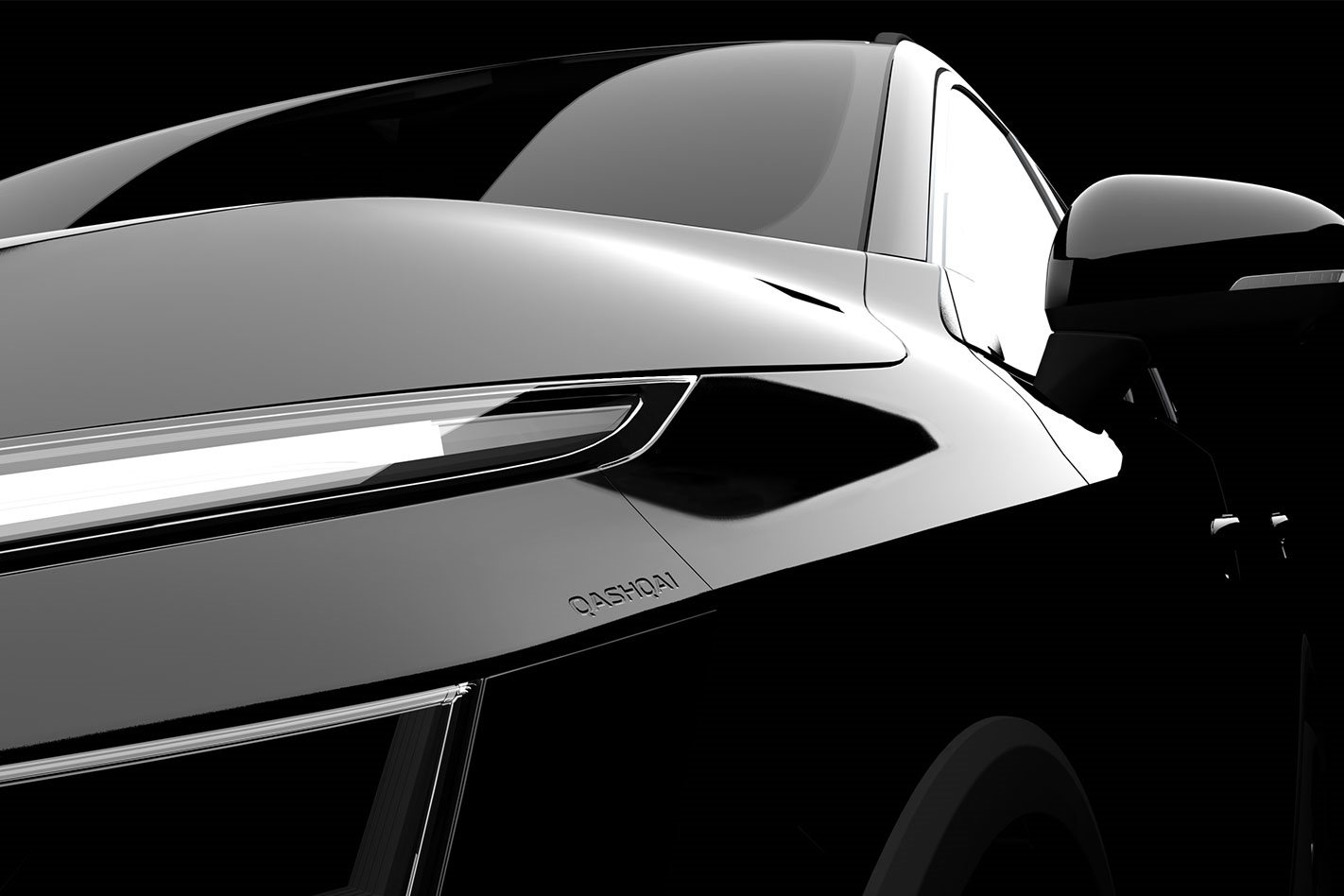
Nissan has revealed a slew of details on how it hopes the next generation Qashqai will reclaim the small SUV segment when it arrives late next year.
Not wanting to squander the Qashqai’s sales success since its debut in 2007, Nissan has promised significant progress for its third-gen with a heavily revised platform, a new powertrain line-up and advanced active safety systems.
Its CMF-C platform, as it will be called, has been re-engineered to weigh less, increase stiffness and crumple more effectively in crashes.
Nissan claims the new Qashqai will be 41 per cent stiffer than before and drop 60kg from a body-in-white – or the fully panelled monocoque – thanks to heavy aluminium use, a composite rear hatch and advanced stamping techniques.
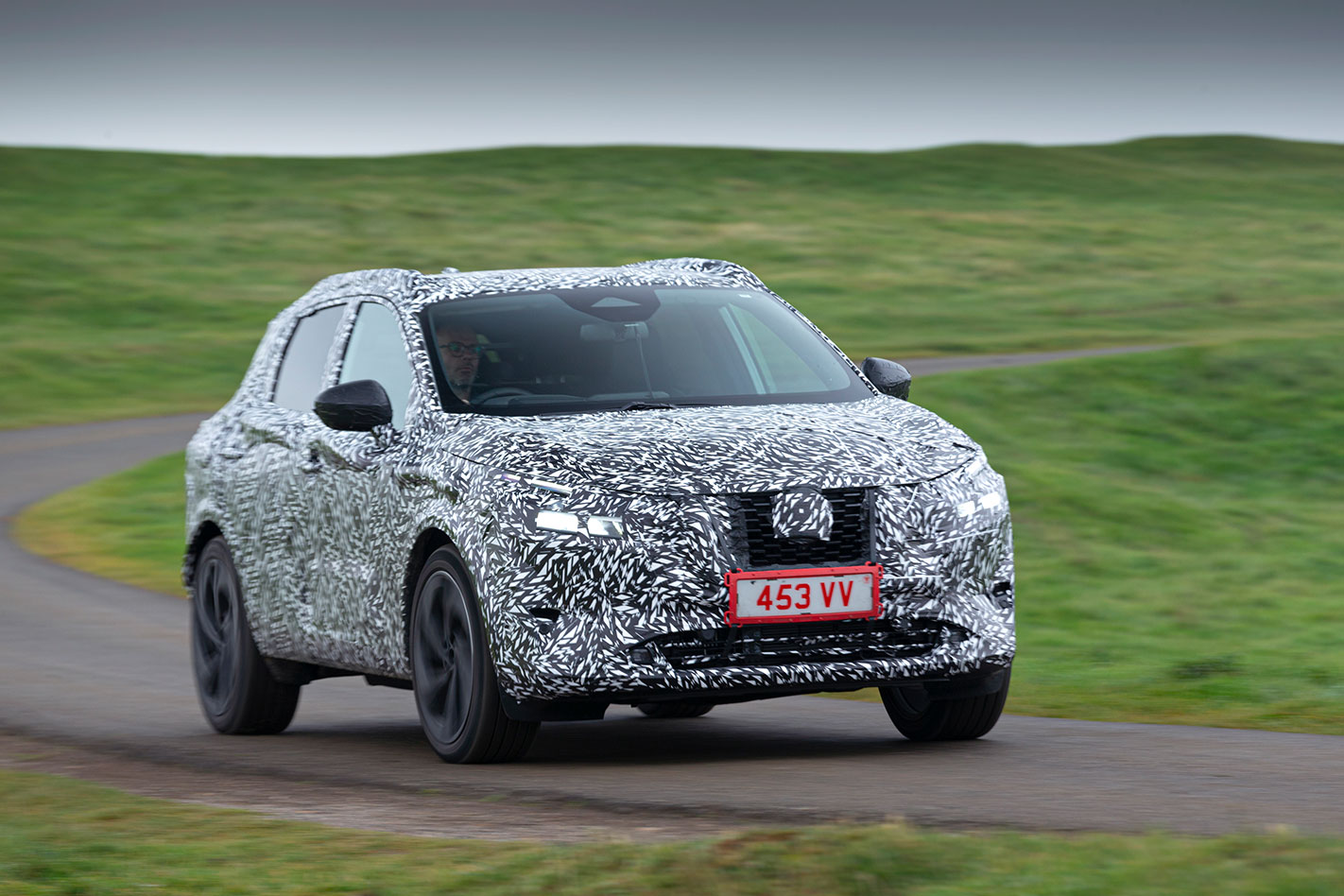
Structural bonding has also allowed Nissan to employ higher-grade steels, promising to increase crumple effectiveness, while the structure’s more homogeneous “backbone” shape aids this.
As for what sits inside the chassis, Nissan’s outlined the new Qashqai will be available with both two-wheel and all-wheel drive, outlining that the former will sport MacPherson strut front suspension and a torsion beam rear.
All-wheel drive cars score a more advanced multi-link setup in the rear suspension that promises a premium ride, a challenge for the 20-inch wheels set for higher grades.
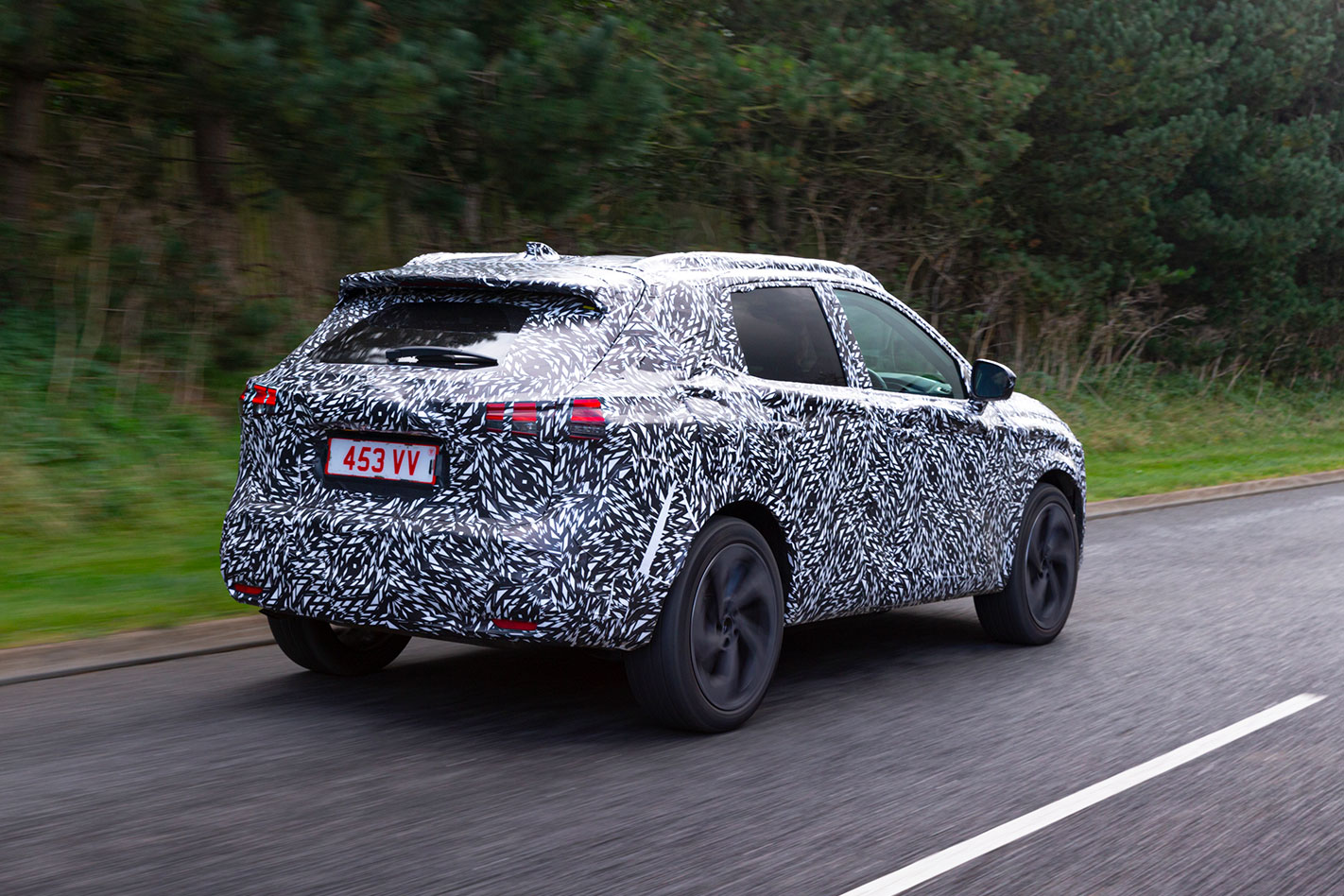
Nissan’s used the news to confirm powertrains that should help the brand meet ambitious electrification targets.
As expected, it’s outlined a 1.3-litre petrol engine with 12-volt mild hybrid technology will replace the current 2.0-litre atmo unit.
The new petrol engine will harvest braking energy to power its systems and be offered with two outputs. There’s no mention of transmissions or plug-in hybrid technology.
A new range-extender powertrain, called e-POWER, will also debut and includes a petrol engine that can either charge a battery or directly power an EV-grade motor.
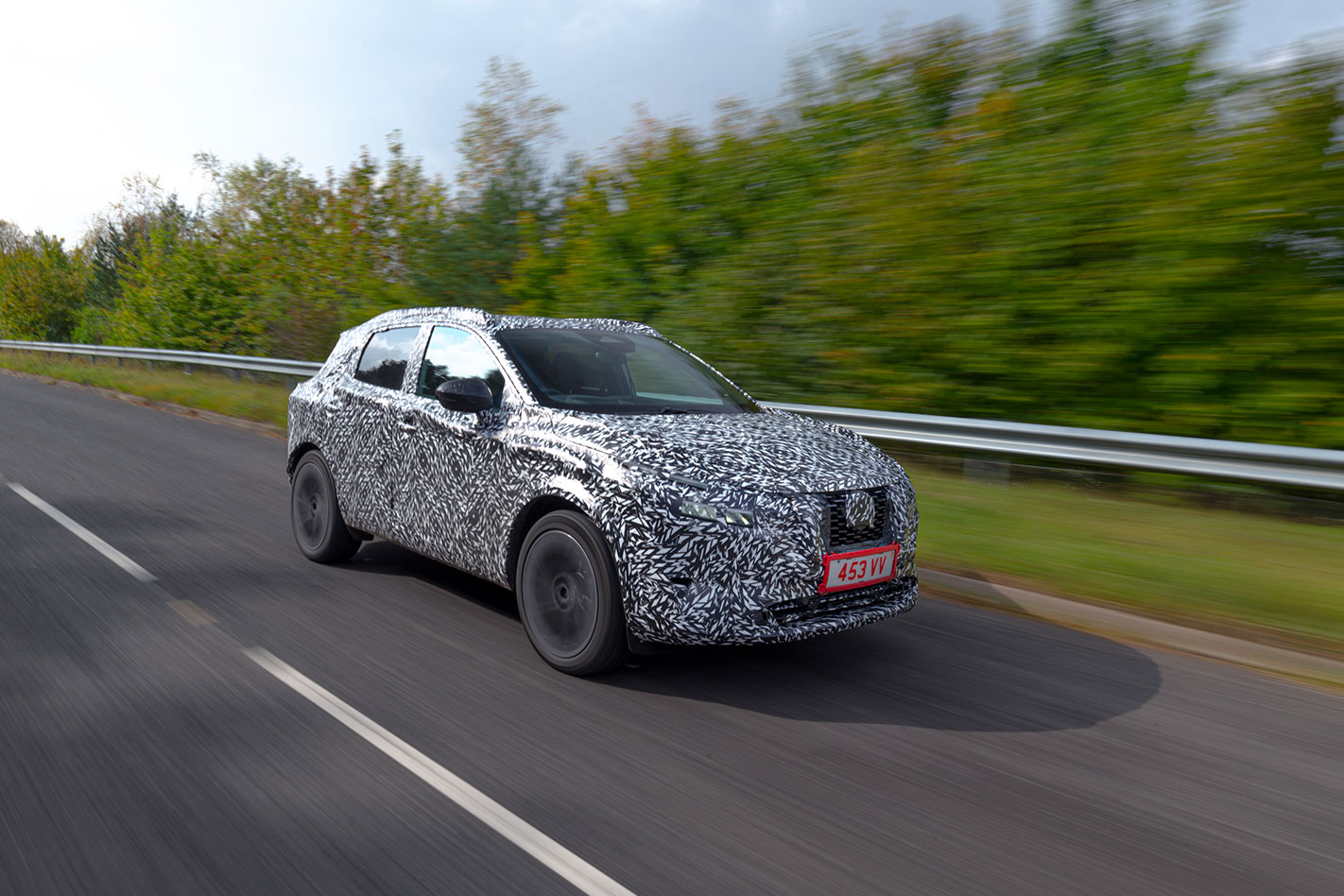
Keeping on the efficiency theme, the new Qashqai will feature a flat underbody that works with an active flap in the radiator grille to smooth airflow around the car.
Meanwhile, rounding out the big headline changes is Nissan’s ProPilot active safety tech.
The system, working with the navigation, should be able to slow the Qashqai down to a stop in traffic and resume acceleration after the vehicle in front has driven away.
But it’ll also be able to monitor road signs and adjust cruising speeds to suit.
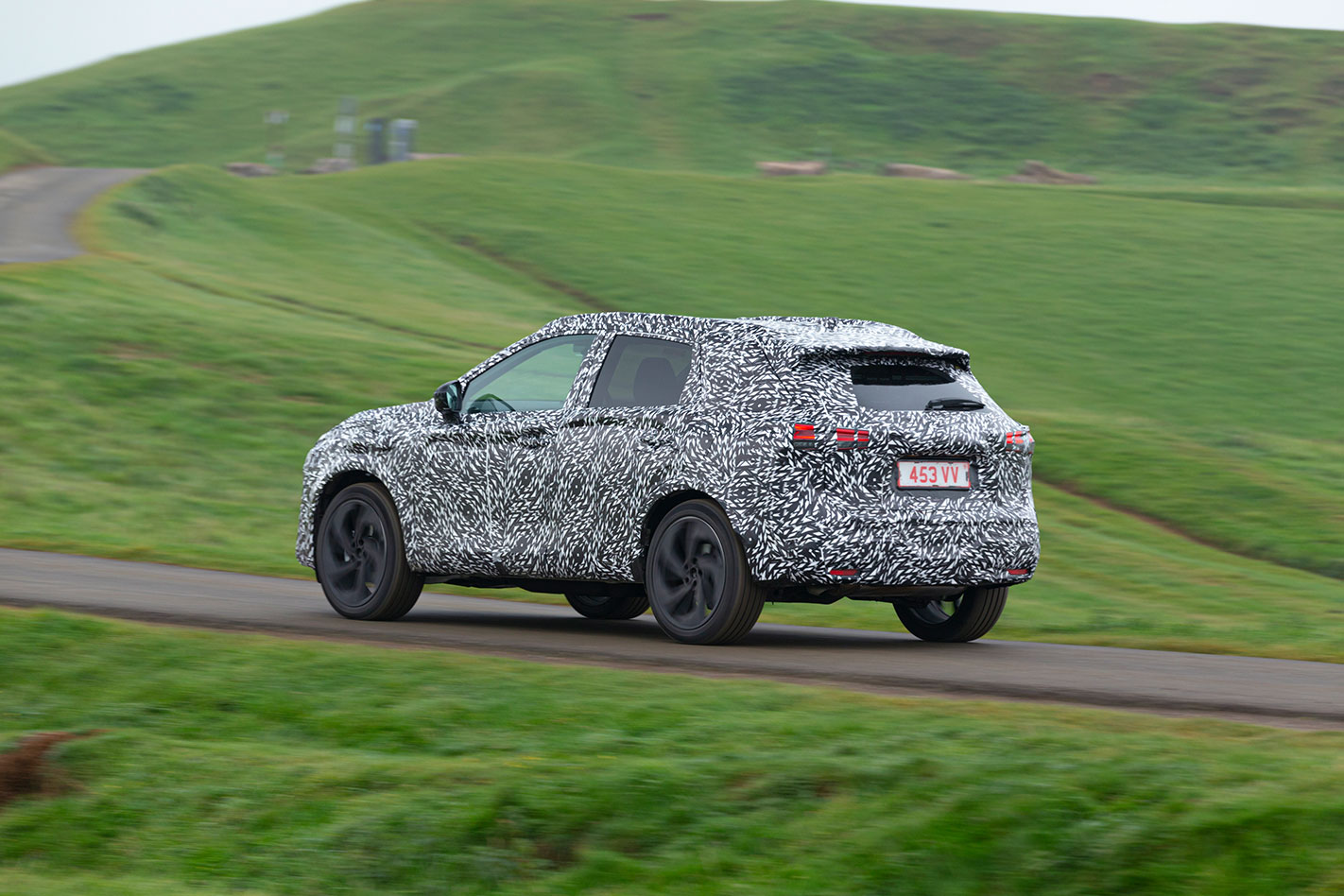
Nissan says it’ll be available on the mid-range N-Connecta variants, but grade levels have not been finalised for every region, with more details promised in the coming weeks.




